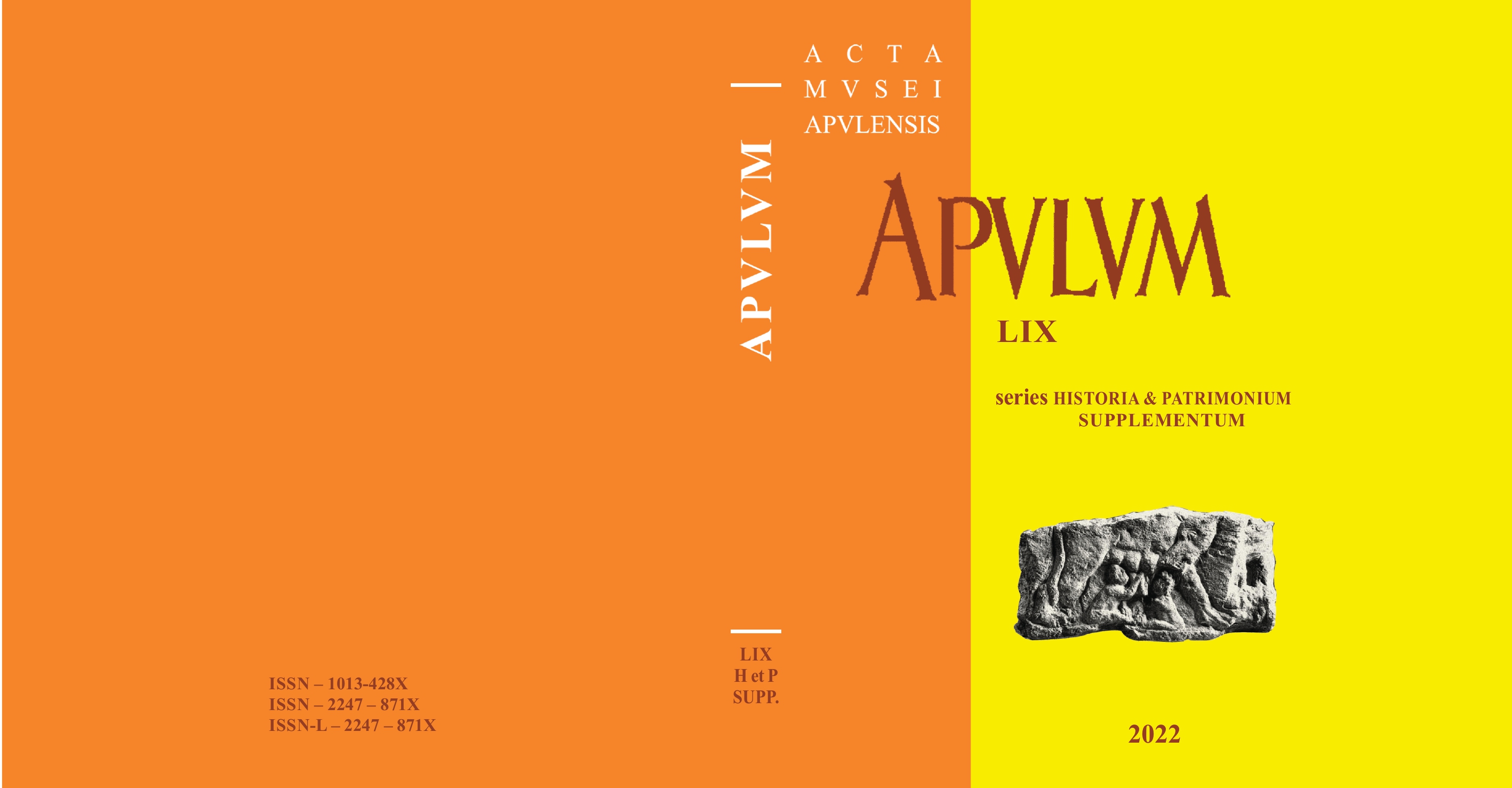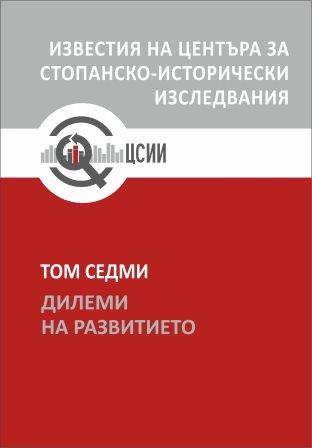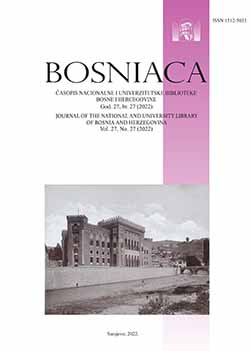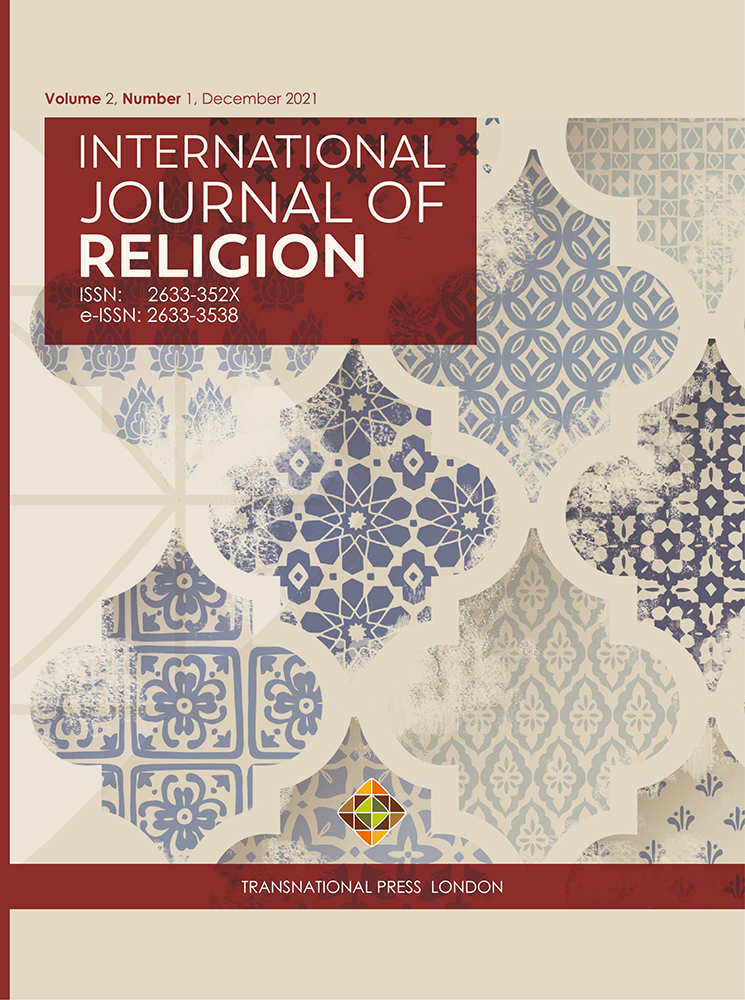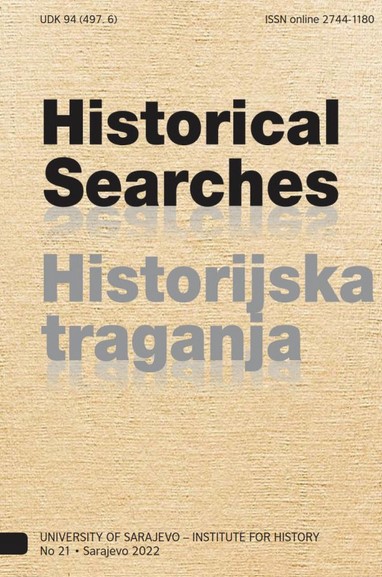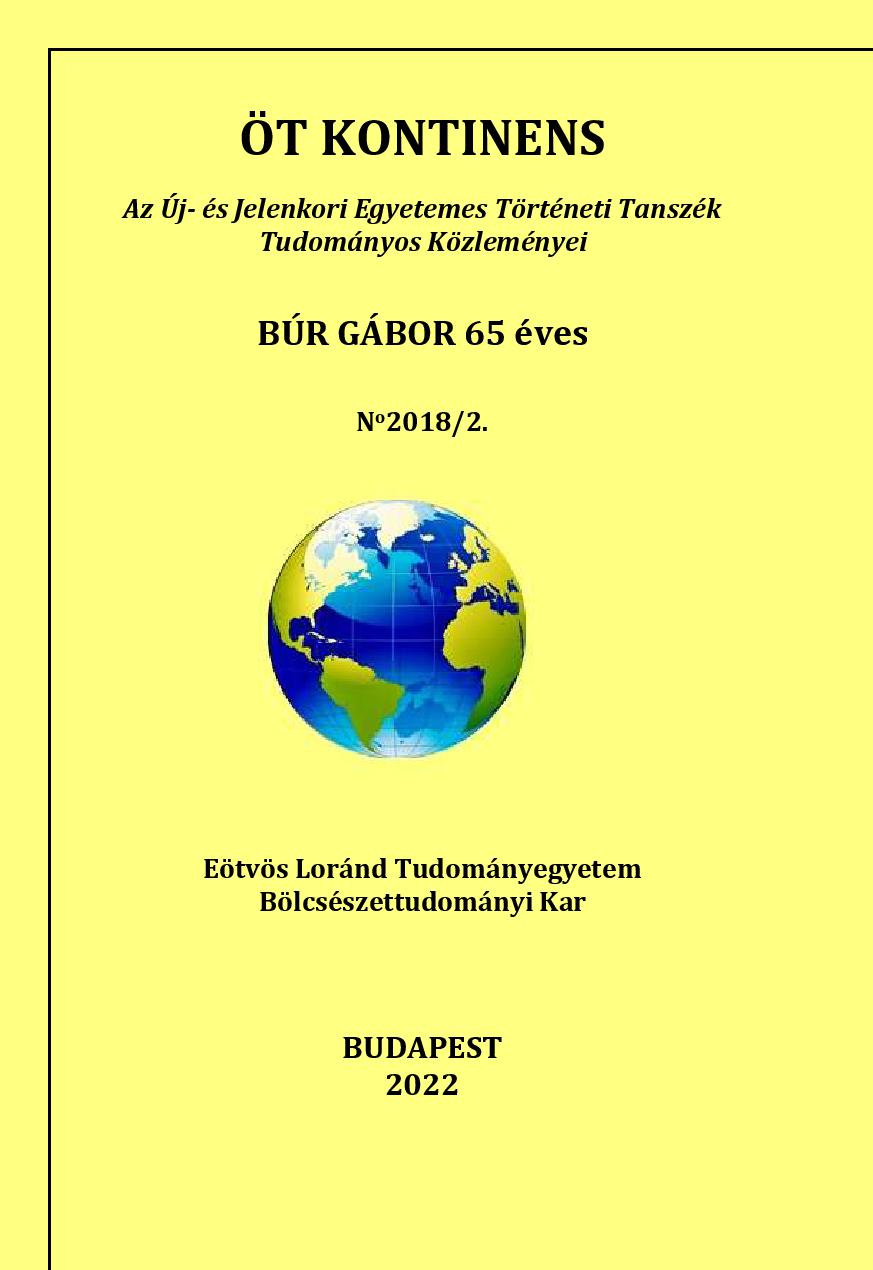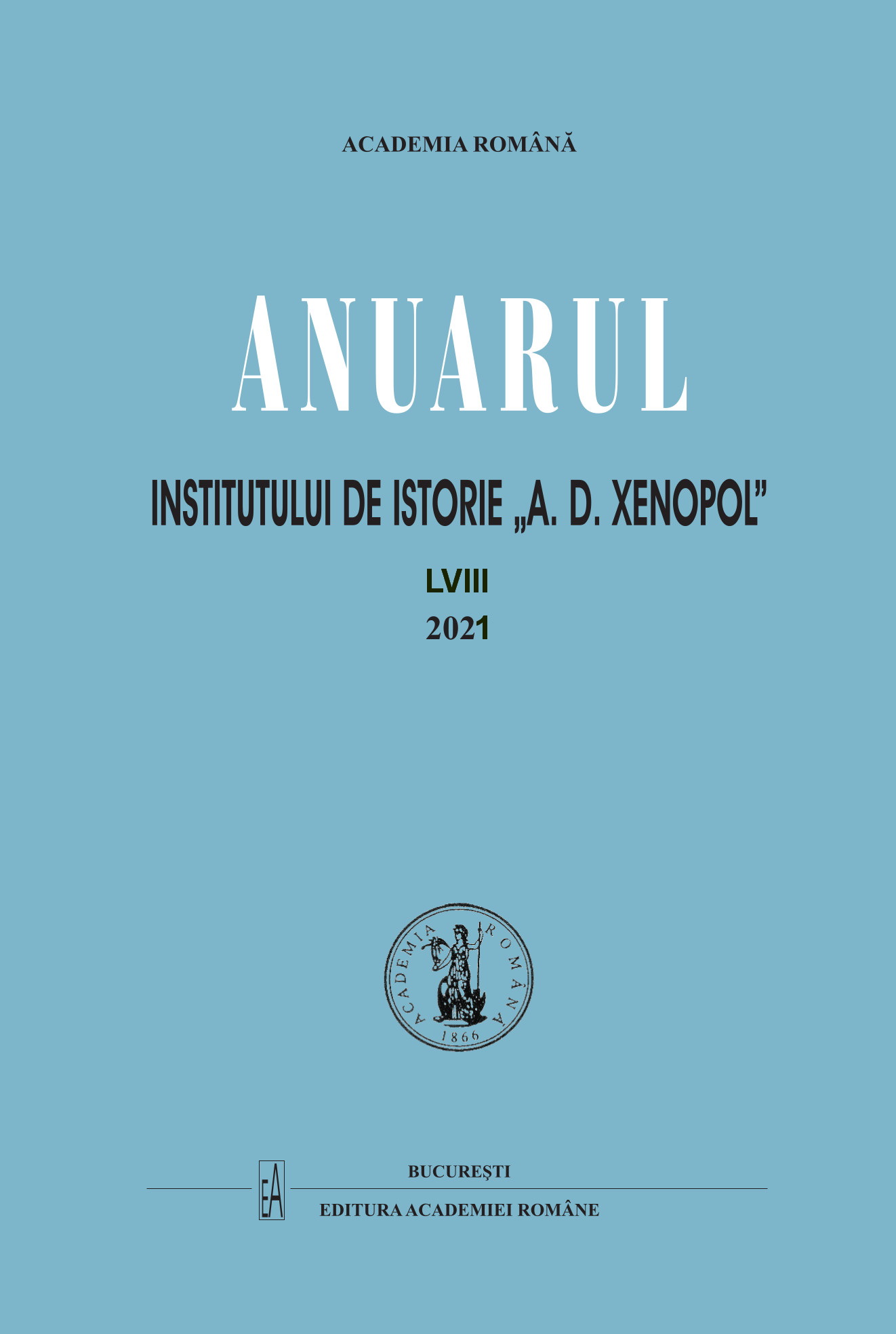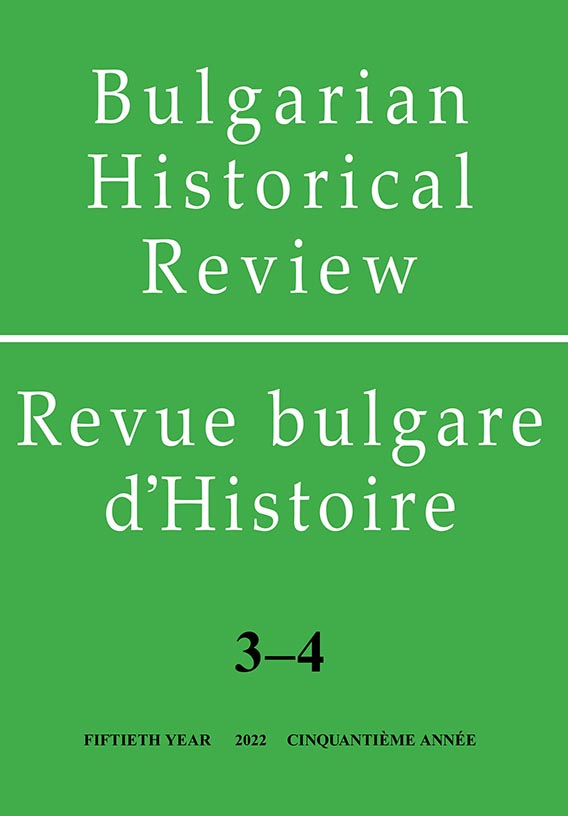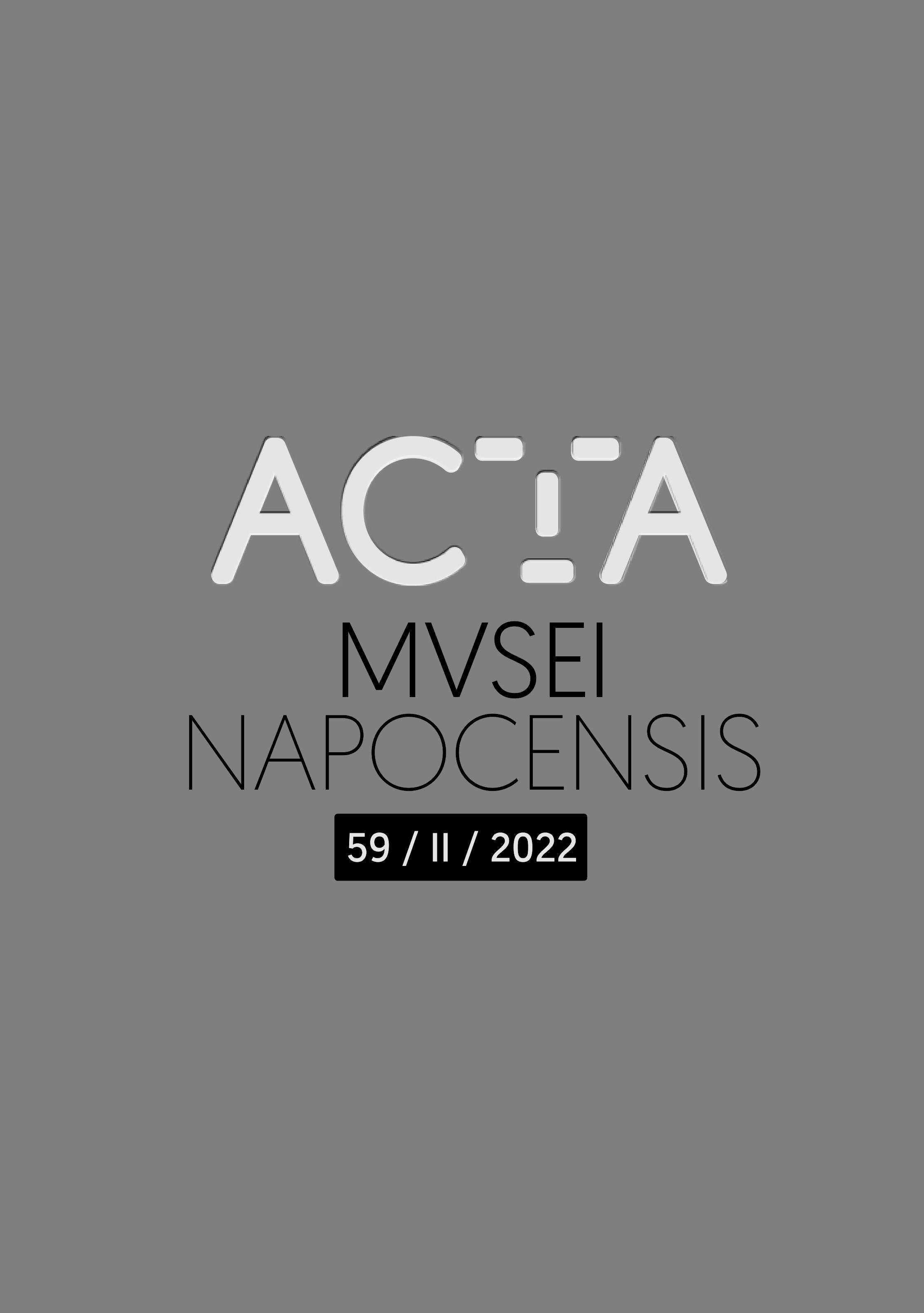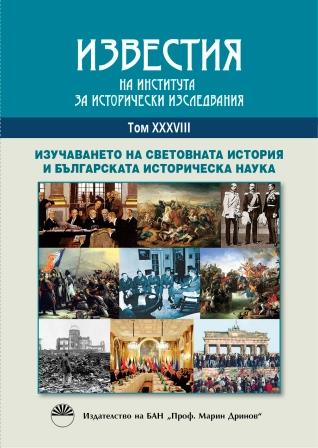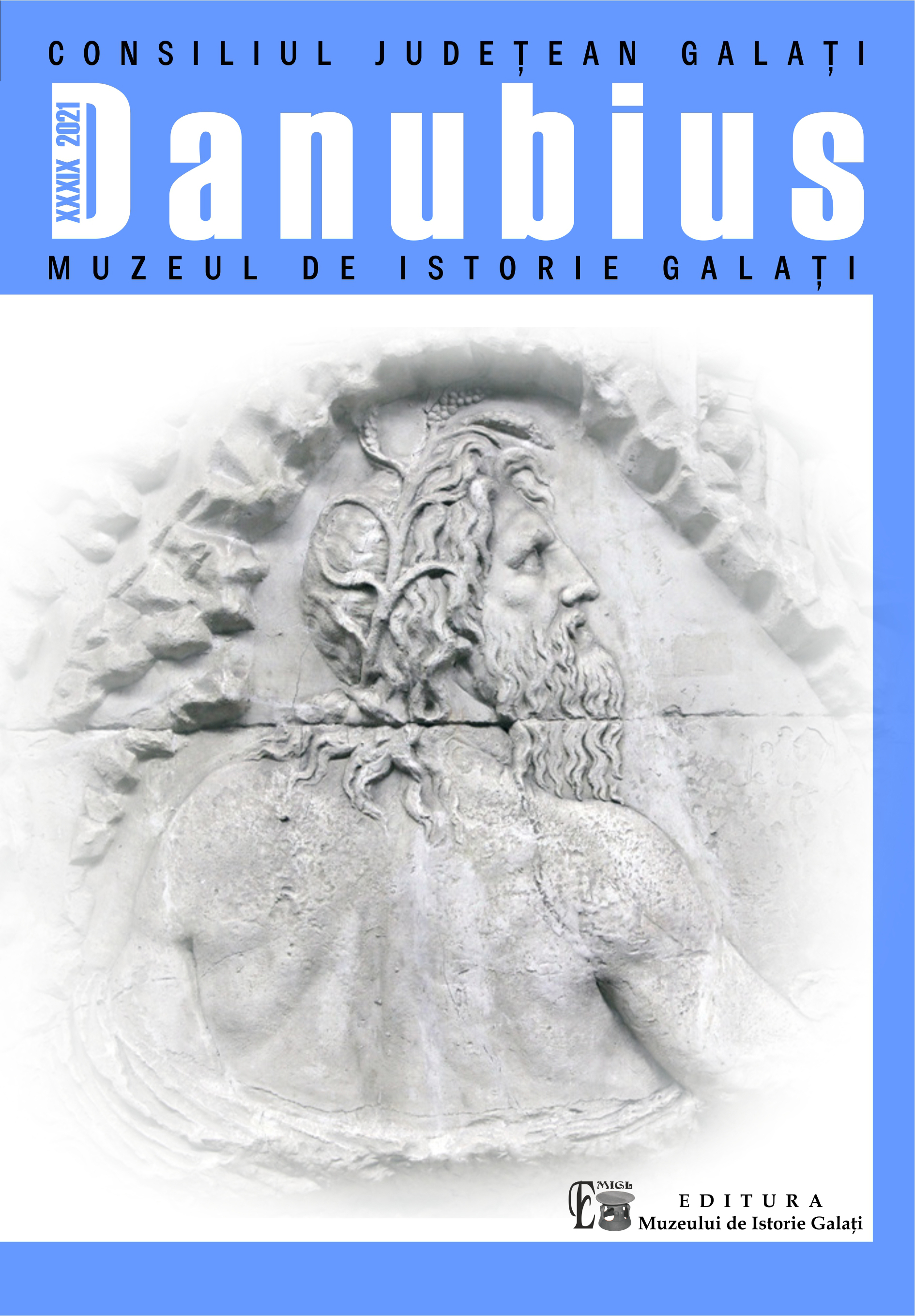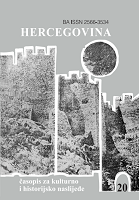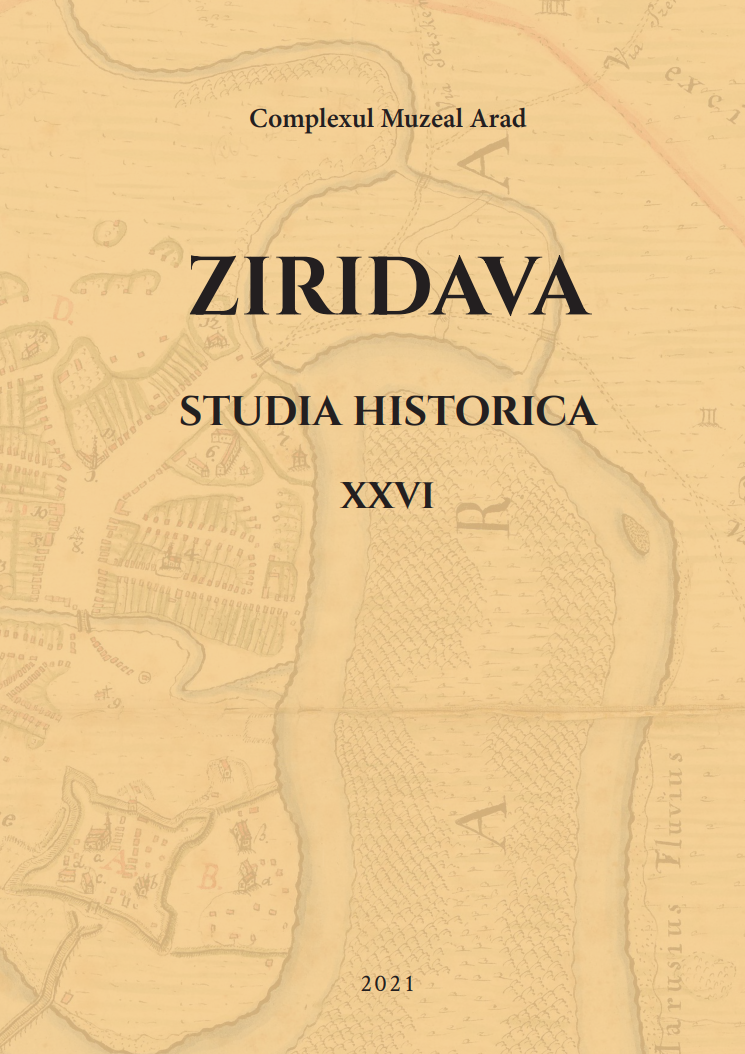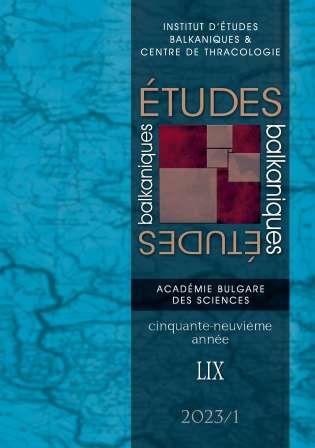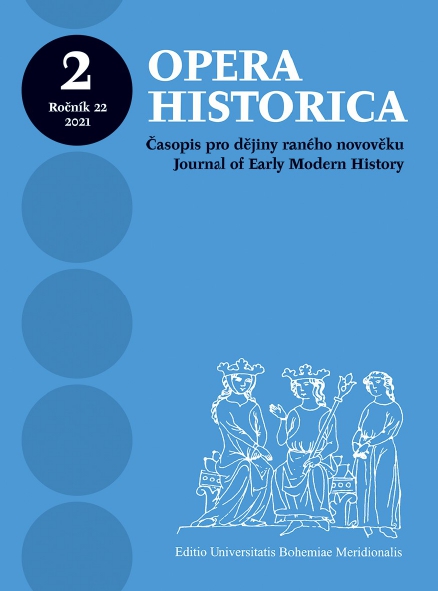Author(s): Václav Bůžek,Kateřina Pražáková,Ivo Cerman,František Koreš,Josef Hrdlička,Ondřej Lee Stolička,Petr Zemek,Kateřina Horníčková / Language(s): Czech
Issue: 2/2022
This paper contains followinga book reviews:
1. Dana Dvořáčková-Malá, Dvůr jako téma. Výzkum panovnické společnosti v českém středověku – historiografie, koncepty, úvahy, Praha, Historický ústav 2020, 358 s., ISBN 978–80–7286–342–6.
2. Mark Hengerer – Nadir Weber (edd.), Animals and Courts. Europe, c. 1200– 1800, Berlin – Boston, De Gruyter – Oldenbourg 2020, 434 s., ISBN 978–3- 11–054256–1.
3. Monique Chatenet – Murielle Gaude- Ferragu – Gérard Sabatier (edd.), Princely Funerals in Europe 1400–1700. Commemoration, Diplomacy and Political Propaganda, Turnhout, Brepols, 2021, 365 s., ISBN 978–2-503–58743–1.
4. Lenka Pořízková – Jiřina Smejkalová (eds.), Co jsou dějiny knihy? Antologie textů k dějinám a teorii knižní kultury, Academia, Praha 2021, 253 s., ISBN 978–80–200–3222–5.
5. Gisela Drossbach – Mark Hengerer (Hg.), Adel im östlichen Europa. Zwischen lokaler Identität, Region und europäischer Integration, Berlin, Frank & Timme 2021 (= DigiOst 10), 291 s., ISBN 978–3-7329–0663–5.
6. Mlada Holá – Martin Holý a kol., Profesoři pražské utrakvistické univerzity v pozdním středověku a raném novověku (1457/1458–1622), Praha, Academia – Historický ústav 2022, 650 s., ISBN 978–80–200–3328–4 (Academia), 978–80–7286–375–4 (Historický ústav).
7. Katrin Keller, Die Kaiserin. Reich, Ritual und Dynastie, Wien – Köln – Weimar, Böhlau Verlag 2021, 429 s., ISBN 978–3-205–21337–6.
8. Jiří Just – Markéta Růčková (edd.), Bratrská šlechta v Čechách a na Moravě a formování konfesní identity v raném novověku (Archiv Matouše Konečného III), Praha, Scriptorium 2020, 416 s., ISBN 978–80–7649–016–1 (Scriptorium), 978–80–7286–367–9 (Historický ústav AV ČR).
9. Pavla Státníková – Olga Fejtová a kolektiv, Praha 1580–1680. Místo konfesijních střetů, Praha, Muzeum hlavního města Prahy 2021, 458 s., ISBN 978–80–97828–60–1.
10. Tomáš Malý – Pavel Suchánek, Images of Purgatory, Studies in religious Imagination and Innovation (The Czech Lands 1600–1800), Viella, Roma 2021, 260 s., ISBN 978–88–3313–742–1.
11. Jan Kilián, Povstalci a odsouzenci. Osudy 27 obětí staroměstské exekuce, Praha, Nakladatelství Lidové noviny 2021, 464 s., ISBN 978–80–7422–813–1.
1ě. José Miguel López García, La esclavitud a finales del antiguo régimen. Madrid, 1701–1837 De moros de presa a negros de nación, Madrid, Alianza editorial 2020, s. 216, ISBN 978–84–9181–858–8.
13. Marie Ryantová (ed.), Korespondence Josefa Kalouska s českými historiky I-II, Praha, Nakladatelství Lidové noviny 2019–2021, 427 a 702 s., ISBN 978–80– 7422–677–9 a 978–80–7422–792–9.
More...

